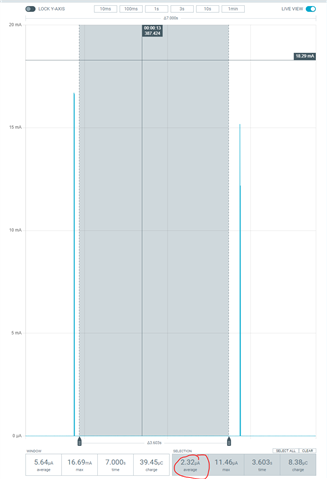I was looking for different power options for nRF52/53 series of devices and possible want more information on how to reduce power such that device can run for months on a battery.
There was one interesting thread which discuss this for nRF51 series of devices. But that one is quite old (over 9 years now). So can someone from Nordic guide on this how to reduce power consumption of the device and individual blocks of SoC?
Note: I have selected some tags to address topic for power consumption discussion.



